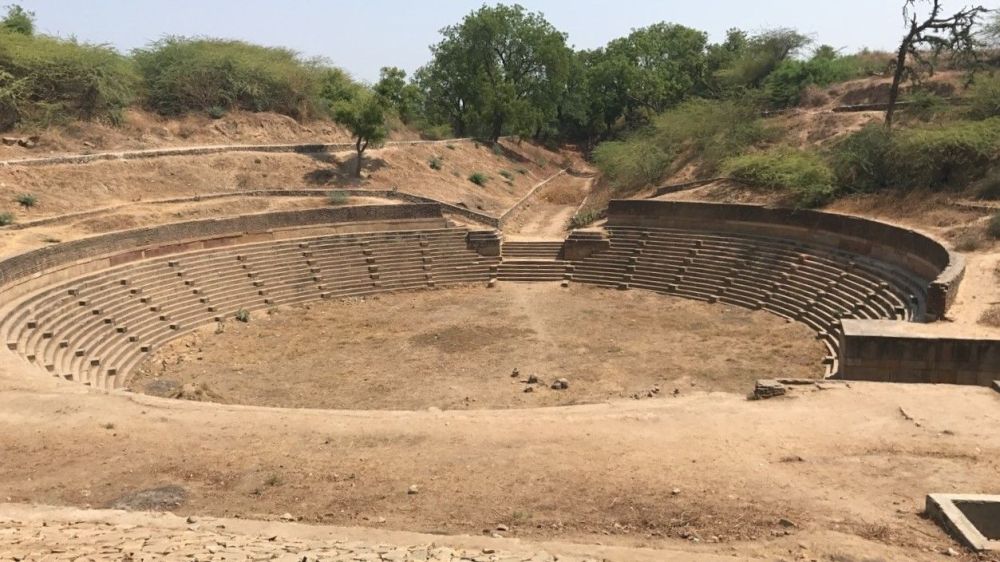

The city of Patan, located in the heart of Gujarat, India, is home to one of the most intriguing architectural marvels of the ancient world - the Sahastralinga Talav. Patan itself is steeped in history, having been the capital of Gujarat for about 600 years from the 8th century onwards, under the rule of various dynasties. The city is famed for its forts, stepwells, temples, and lakes that speak volumes about the rich cultural heritage of the region.
The Sahastralinga Talav, translating to 'the pond of a thousand lingas,' was an ingenious water conservation system built by King Siddhraj Jaisinh during the Solanki dynasty in the 11th century. It has not only been a reflection of the spiritual devotion of the times, with numerous Shiva lingas enshrined along its banks, but also an early example of environmental engineering.
This artificial water tank was designed to collect and channel water from the nearby Saraswati River through an elaborate network of canals and fill the tank for use in irrigation and daily activities. The ruins that remain today still showcase the complex and advanced hydro-engineering techniques used by the Solankis.
Over the centuries, the Sahastralinga Talav fell into disuse and was ultimately forgotten as the Saraswati River changed its course. Much of its former glory was buried under silt and soil, leaving little on the surface. It wasn't until the 20th century that the Archaeological Survey of India undertook excavations and restored portions of the tank, unearthing the ancient wisdom that had been lost to time.
In recent years, Patan has been an emerging spot on the tourist map, with the Sahastralinga Talav playing a significant role in the historical tourism circuit of Gujarat. Visitors are drawn to the tales of antiquity and the marvel of its architectural prowess. With growing interest in sustainable travel and cultural heritage, the Talav holds a special place for those looking to delve into the past and learn about the innovative approaches of earlier civilizations in water management.
Today, the site is part of a broader travel experience in Patan, which includes the famously intricate Rani Ki Vav stepwell, the ancient Modhera Sun Temple, and the town's vibrant Patola silk weaving industry. The government and local bodies are actively working to enhance the tourist experience by improving infrastructure, providing guides and informational material, and including the Talav in guided tours around the region.
Tourists visiting the Sahastralinga Talav can witness the remains of the intricately carved shrines and understand the advanced hydro-engineering techniques through interpretive signboards installed at the site. The best time to visit is from October to March when the weather is cooler. While enjoying the serene atmosphere, visitors are also encouraged to respect the historical significance of the site and partake in its conservation by adhering to the guidelines set forth for its preservation.